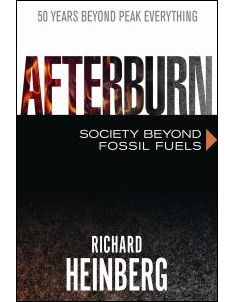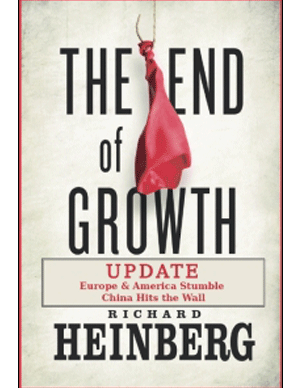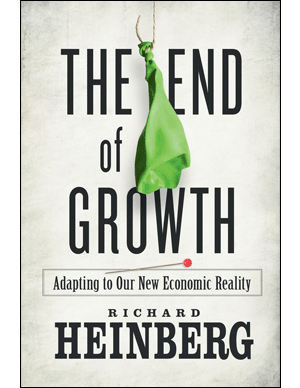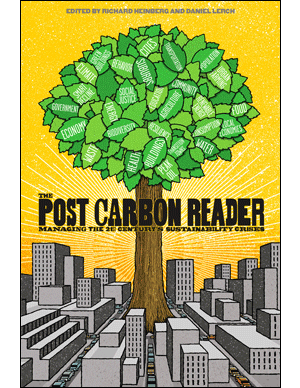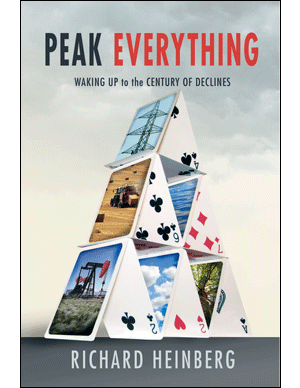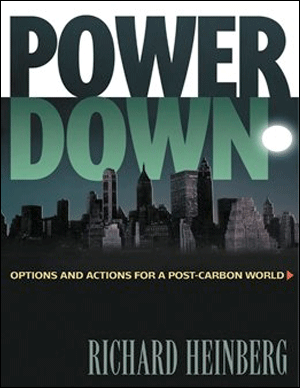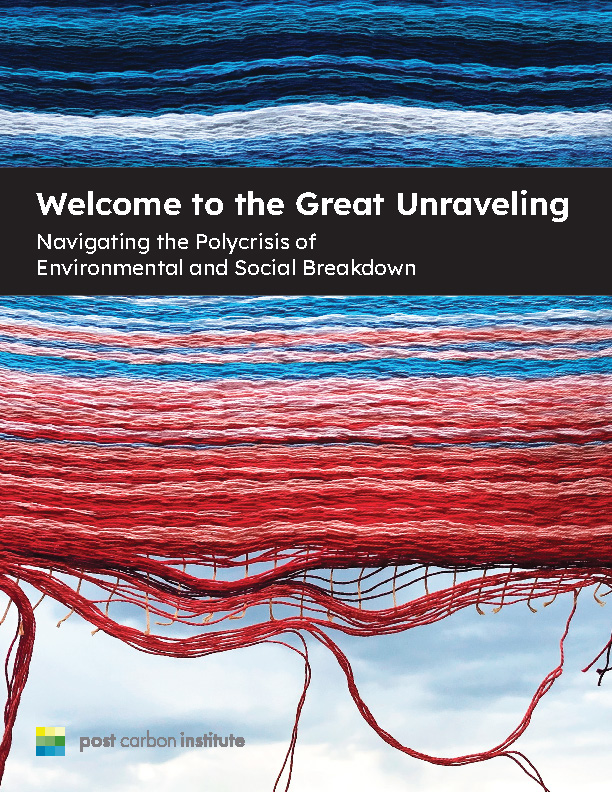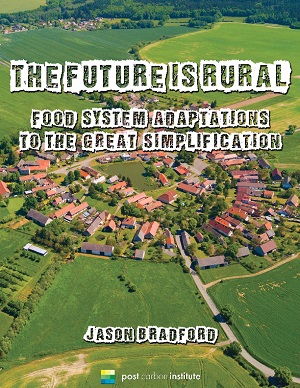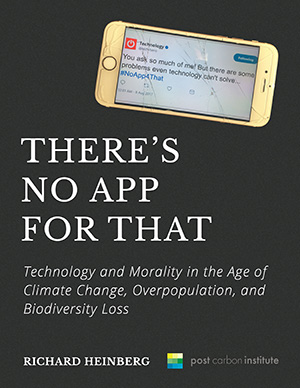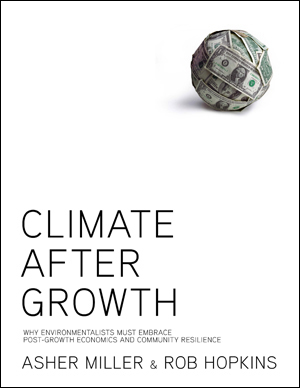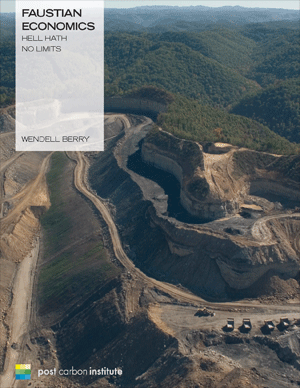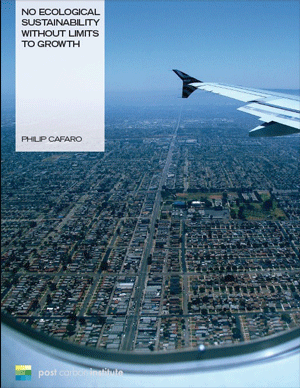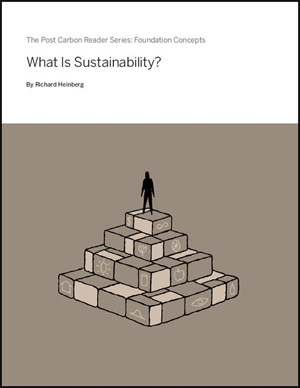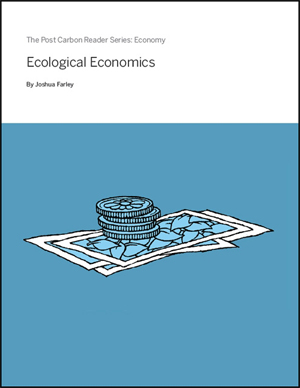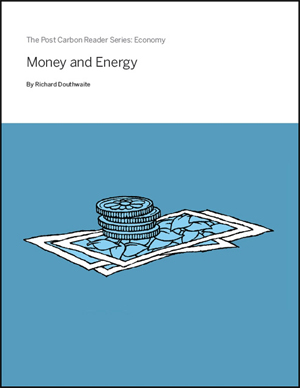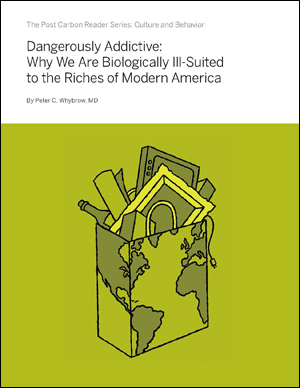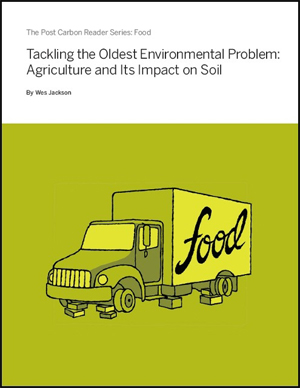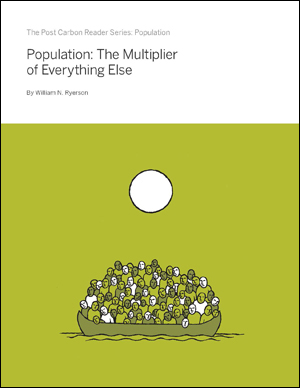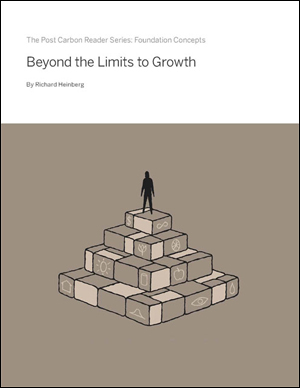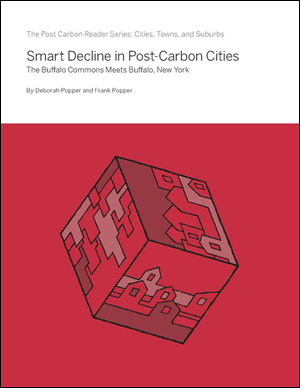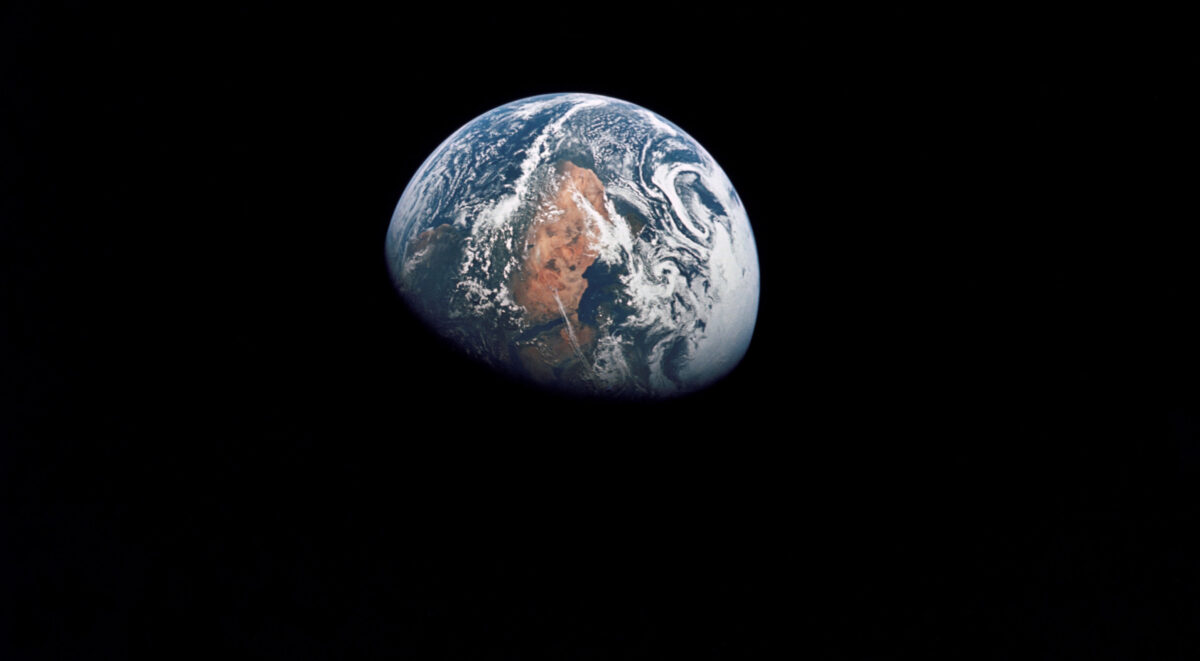
The “Limits to Growth” are no longer a prediction; they are here, now.
In 1972, the bestselling environmental book of all time—The Limits to Growth—presented the results of a computer simulation that looked at trends in global population, resource consumption, economic activity, and pollution. The study found that the economy and human population were unlikely to grow beyond the end of 21st century, and might contract well before then. And despite aggressive attacks from some corners and the general ignorance/denial of policymakers and the public, we do appear to be tracking the standard-run scenario of The Limits to Growth.
Post Carbon Institute believes that the sustainability challenges humanity faces are interrelated facets of one essential truth: the planet can not support ever-more economic growth and resource consumption. Our work helps people connect the dots and understand the alternatives to growth at any cost.
Related projects
- Report: There’s No App for That, which examines why we can’t count on technology alone to save us from climate change, overpopulation, and biodiversity loss—and why so many nevertheless believe that it can.
- Report: Climate After Growth makes a convincing case for why the environmental community must embrace post-growth economics and community resilience in their efforts to address the climate crisis.
- Book: The End of Growth: Adapting to Our New Economic Reality shows why growth is being blocked by three factors—resource depletion, environmental impacts, and crushing levels of debt—and describes what we can do to build a new economy that operates within Earth’s budget of energy and resources
- Video: “Who Killed Economic Growth?”, in which Richard Heinberg propose a startling diagnosis: humanity has reached a fundamental turning point in its economic history.
Image: Apollo 10 view of the Earth (NASA)

